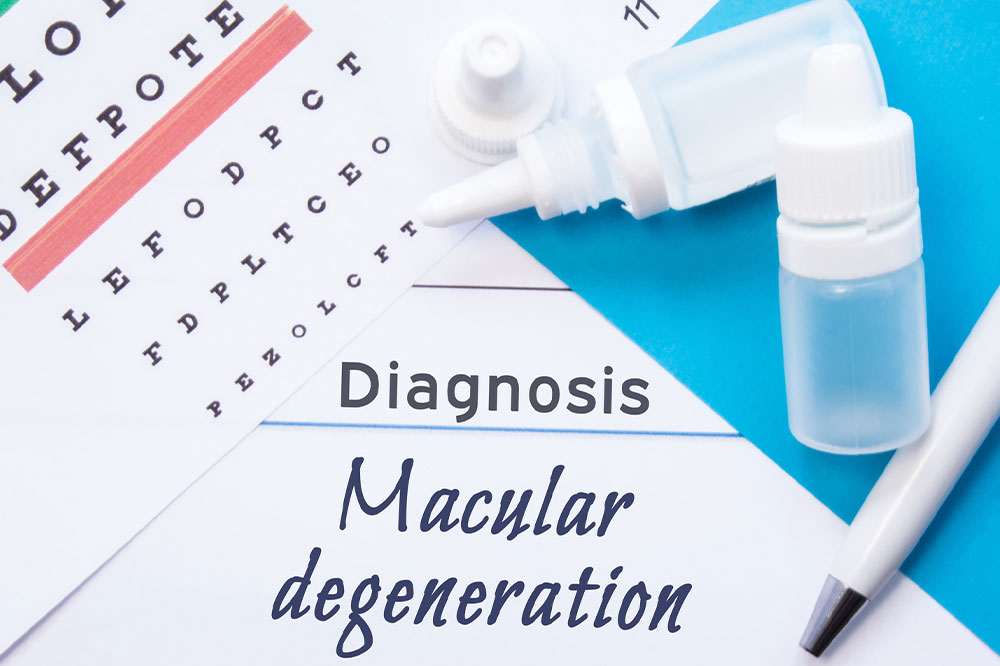What is Google Ads and 8 reasons to use it

When used correctly, Google is not just an information tool but a goldmine for advertising. The popular search engine gets a ton of digital traffic everyday, allowing brands to gain visibility and entice potential customers. Through Google Ads, businesses can capitalize on several opportunities, from driving leads or sales to brand awareness and getting maximum returns on investment. But what are Google ads, and why should a business leverage them, whether small or big?
What are Google Ads?
All the “sponsored” posts that one sees on the first few search results on Google after typing in a keyword are Google Ads. These ad campaigns are run by companies that aim to redirect their target audience to the company’s landing page. To run such an ad, a company customizes the ad copy that Google users will see when they search for a relevant keyword. There are different types of Google Ads, like responsive search ads, discovery ads, display ads, shopping ads, app ads, and others. Each serves a different purpose.
How do Google Ads work?
Once the business knows what it wants to achieve, it creates a customized ad to target local or global audiences. This requires using compelling images and concise sentences to stand out and setting a budget accordingly. Google also leverages this data to help businesses optimize their ads and predict campaign success.
The company only pays Google if a customer visits the page, calls the business, or takes the desired action, a structure termed as pay-per-action or pay-per-click. This pricing model changes according to the search volume, keyword density, expected reach, and also time of the year. While placing an ad, the business also sets a daily limit for maximum spending. This limit should be more than the cost per click or action for the ad to run. For example, if Google values a keyword as $3 per click or action and the daily limit for one’s business is $2.99, the ad won’t show.
Reasons why one should get Google Ads
There are numerous benefits to using Google Ads, listed as follows:
Massive reach
The term “Google it” has become almost synonymous with searching for any and all kinds of information. Google gets around 5 billion searches every day, and many of these users are searching for solutions that businesses can solve, making it a powerhouse of opportunity. If used right, this massive platform can become a goldmine for marketing brands and driving sales where businesses can get high exposure to leads and customers.
Wide range of targeting
Google is used by a diverse demographic, and one can target potential customers throughout the buyer’s journey. By bidding on broader keywords like “shoes”, one can attract prospective clients or buyers in their early stages of research, then use other strategies on the business website to retarget them to the landing page. There is also something called long-tail keywords, which are more specific such as “running shoes for men with flat feet”. These long-tail keywords can help attract Google users with a more specific intent. The conversion rate of these users is higher.
Flexible marketing platform
Google Ads is suitable for businesses of all sizes and kinds, and one can also seamlessly integrate them with other marketing platforms. One can target specific online users by location, device, or other Google-owned platform, set custom budgets for different campaign areas, like daily spending limits or keyword clicks, making it highly flexible.
No budget constraints
Securing a click can be pricey for many businesses, especially in the legal sector, where long-tail keywords can hit $1,000 per click. But not all keywords cost so much. In fact, the average cost of the Google ads keyword is about $1 to $2. Besides that, one also has the liberty to set any daily budget limits to avoid overspending. This gives the businesses peace of mind and does not need them to monitor their account constantly.
Learn more about the market
This is also an effective tool to understand one’s target audience, their location, customer behavior, search timings, and their requirements. Other traditional methods like questionnaires often fall short in delivering such results. This precious data can help businesses to tailor their products, refine their marketing efforts, and avoid wasting resources on disinterested audiences.
High ROI
Marketing requires experimentation to find out what works for one’s business the best. Since Google Ads is reasonably priced and one only pays for the actual results like clicks, it turns out to be a great return on investment. In addition, one can also focus on successful areas, cut out ineffective campaigns, and reinvest savings for future growth.
Full control over the campaign
Google allows businesses to customize, edit, and refine different aspects of their campaigns at any stage to make it more effective as per the results. One can start, stop, or pause the campaigns at any time, which ensures full control over the brand’s advertising efforts, and enables them to allocate resources in other areas as needed.
Transparent and quick response
Google Ads is a highly intuitive system. Since the platform itself brings high traffic, Google Ads is ideal for seeing fast and transparent results for one’s ad campaign. This also enables businesses to analyze the results and change their strategies accordingly without wasting time.







